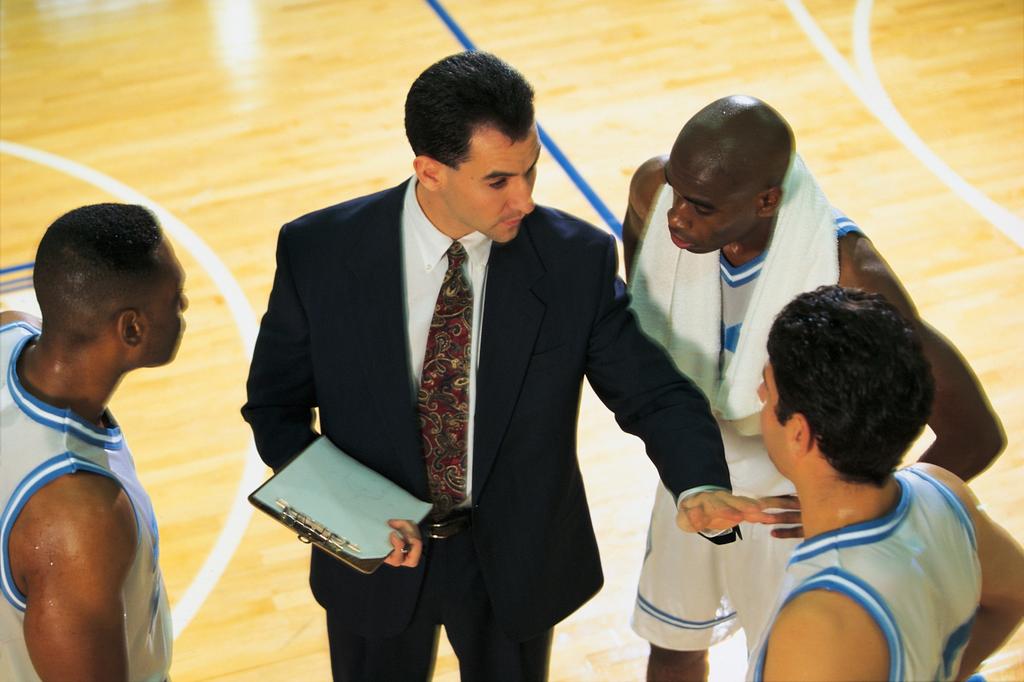Article originally published in the American City Business Journals on February 10, 2020
Every leader wants to build teams that achieve great results. What is the most effective way of doing so?
Communicating goals and the importance of achieving them is a key requirement, as is a high level of trust with the leader and among team members. The drive to overcome obstacles to achieve success, accomplishing something that all can take pride in, receiving recognition for a job well done and a feeling that you are part of something meaningful are also keys to building great teams.
The power of cohesion and unity
Athletic drive, teamwork and accomplishment on the playing field can serve as a model for leaders of all organizations. In August 2015, I had the privilege of traveling with the women’s basketball team of Drexel University to Europe to watch the team play six exhibition games against their European counterparts.
Before their game in Rotterdam, I was invited by head coach Denise Dillon into the locker room and watched her speak to her team as she delivered her inspirational pre-game comments.
Before heading out onto the court, Dillon led her team in prayer. This moment reminded me of the Notre Dame locker room prayer scene from the film “Rudy.” You could feel the power of unity and cohesion in the room and the extraordinary feeling of being part of a team about to battle their opponent.
“We didn’t need to ‘peel the paint off the walls’”
What does a college basketball coach say to his players at halftime when his team is down by a significant margin? How does he inspire his team to come back and win the game?
An NCAA record was set on Feb. 22, 2018 when Drexel University’s men’s basketball team, down by 34 points late in the first half by a score 53-19, defeated University of Delaware 85-83. It was the largest comeback in NCAA Division 1 history.
I interviewed Drexel coach Zach Spiker to get his perspective on the game and to learn what he told the team in the locker room at halftime. Spiker said, “It certainly wasn’t a normal halftime locker room, but we didn’t need to peel the paint off the walls, which could hurt the team’s confidence. We needed to build their confidence so that they could get back into the game. Delaware played a near-perfect first half and at the same time, we didn’t play well. We told the team, ‘Let’s play our best in the second half and see what happens.’”
Spiker and his coaching staff inspired their team, saying, “Let’s play Drexel basketball. Let’s play as hard as we can for the name on the front and on the back of your jersey. Play for Drexel, play for the fans, play for your families – play for everything and everyone you represent. Let’s play for what Drexel is and what we want Drexel to become.”
Spiker said, “We told the team not to look at the scoreboard and not to worry about what occurred in the first half. The score now starts at 0-0. Let’s see how we do in each of the four-minute media segments during the second half.” Slowly but surely, the gap in the score narrowed until Drexel achieved its two-point victory.
As an athlete, you play as a team, not as an individual. As a member of your company, you do the same
There is a lot we can all learn from leadership and athletics. My favorite sports movie is “Miracle,” the story of the 1980 U.S. hockey team that won the Olympic gold medal. My favorite scene from that movie isn’t the scene when the U.S. team beats the Russians – it’s the scene where coach Herb Brooks has the team skating sprints after a lackluster tie against the Norwegian national team prior to the Olympics.
After many sprints, the team is completely exhausted and just prior to the next sprint, player Mike Eruzione unexpectedly calls out his name and his home town. When Brooks asks, “Who do you play for,” Eruzione responds, “I play for the United States of America.” Prior to this, the response by any team member had always been the name of the college they played for – the wrong answer. After Eruzione’s response, Brooks says, “That’s all gentlemen,” and the sprint session ends.
To quote Brooks during the sprints, “When you pull on that jersey, … the name on the front is a hell of a lot more important than the one on the back.”
As leaders of our organizations, I think we can all learn from Dillon, Spiker, Brooks and these athletes who teach us about leadership and teamwork.
Stan Silverman is founder and CEO of Silverman Leadership and author of “Be Different! The Key to Business and Career Success.” He is also a speaker, advisor and widely read nationally syndicated columnist on leadership, entrepreneurship and corporate governance. He can be reached at Stan@SilvermanLeadership.com.

